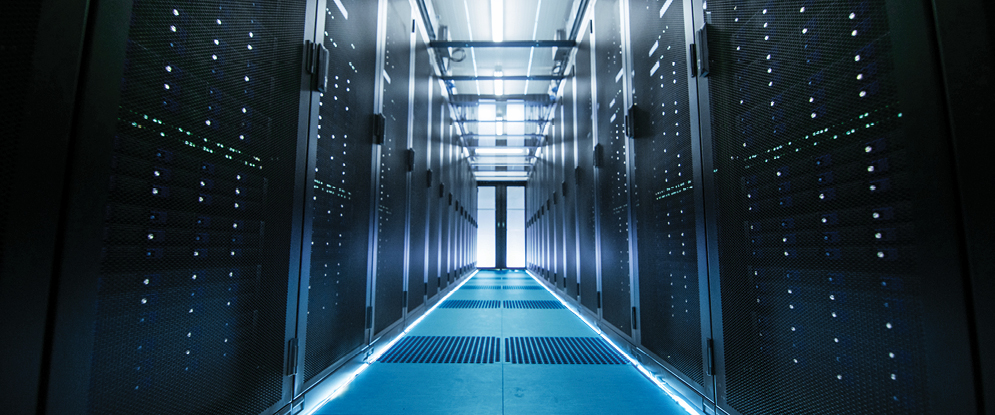In its simplest form, a data center is a physical facility that organizations use to house their servers, critical applications and data. Its design usually based on a network of computing and storage resources that facilitate the delivery of shared data and applications.
The key components of a data center include routers, switches, storage systems, firewalls, servers, application-delivery controllers, power supplies, cabling systems, and cooling units. These elements manage and protect data that needs to be transmitted & stored. The cables supply the thousands of different connections between servers and switches in the data center.
In other words, it’s where all the different threads of a business (literally and figuratively) come together.
These entities are connected by structured cabling systems that include large quantities of cables – both short and long – which span hundreds of kilometers in a single facility. Those cables play a significant role in data centers, these systems need to be designed for simple installation and easy maintenance, and maximum flexibility, scalability, manageability, and availability.
Organizations usually use a combination of copper cables and fiber-optic cables in data center installation. In the case of optical fiber cabling, both singlemode and multimode fibers are used. The minimum performance requirement for multimode fibers is category OM3, but OM4 and OM5 are also used when longer transmission distances need to be supported. For singlemode fibers, category OS1 and OS2 are usually used.
In addition, G652D and G657 A1/A2 specifications refer to the glass and cable construction of singlemode optical fibers. G652D fibers provide lower loss transmission and are usually better for long distance communication links. That said, these fibers have limited bend resistance. For this reason, G657 A1/A2 fibers will be used where bend insensitivity resistance is required.

Cables that use tomorrow’s technologies for today’s data center & infrastructures
As a recognized, leading communications cable manufacturer, Teldor develops and supplies a wide range of standard and custom-made multi-cable, fiber-optic, copper category and hybrid cables for small, medium and large data centers. They come in a wide range of colors and enable simple and easy installation, as well as easy management and maintenance.
These cables consist of Cat 6A, Cat 7, Cat 7A, Cat 8, Cat 8.1, Cat 8.2 multi-cable, multi-pair and multi-core structures for solid and matched work area cables. They are optimized for a high bit rate transmission of up to 40Gb/s, and are designed to meet the latest national and international standards (both transmission and safety) including the European CPR fire resistant standards (up to B2Ca class).
Our variety range of Cat. 8 cables enable data centers to provide higher performance margins over standard cables, and also ensure that complex installations with a high volume of cables in narrow, small areas with a tight bend and small radius will maintain high performance and prevent a decrease in traffic or erosion of data transfer rates.

Cables for data centers are fully compatible with the standard connecting hardware (i.e. RJ-45) and are available with FR-LSZH (flame retardant, low smoke, near-zero halogen), PVC, PU and PE jackets combined with different optional shielding structures such as S/FTP, SF/UTP, F/UTP, U/FTP. They designed with optimized lay lengths, size, transmission performance and structures to enable peak, high-density data-center cabling.



 Scan and add WeChat
Scan and add WeChat